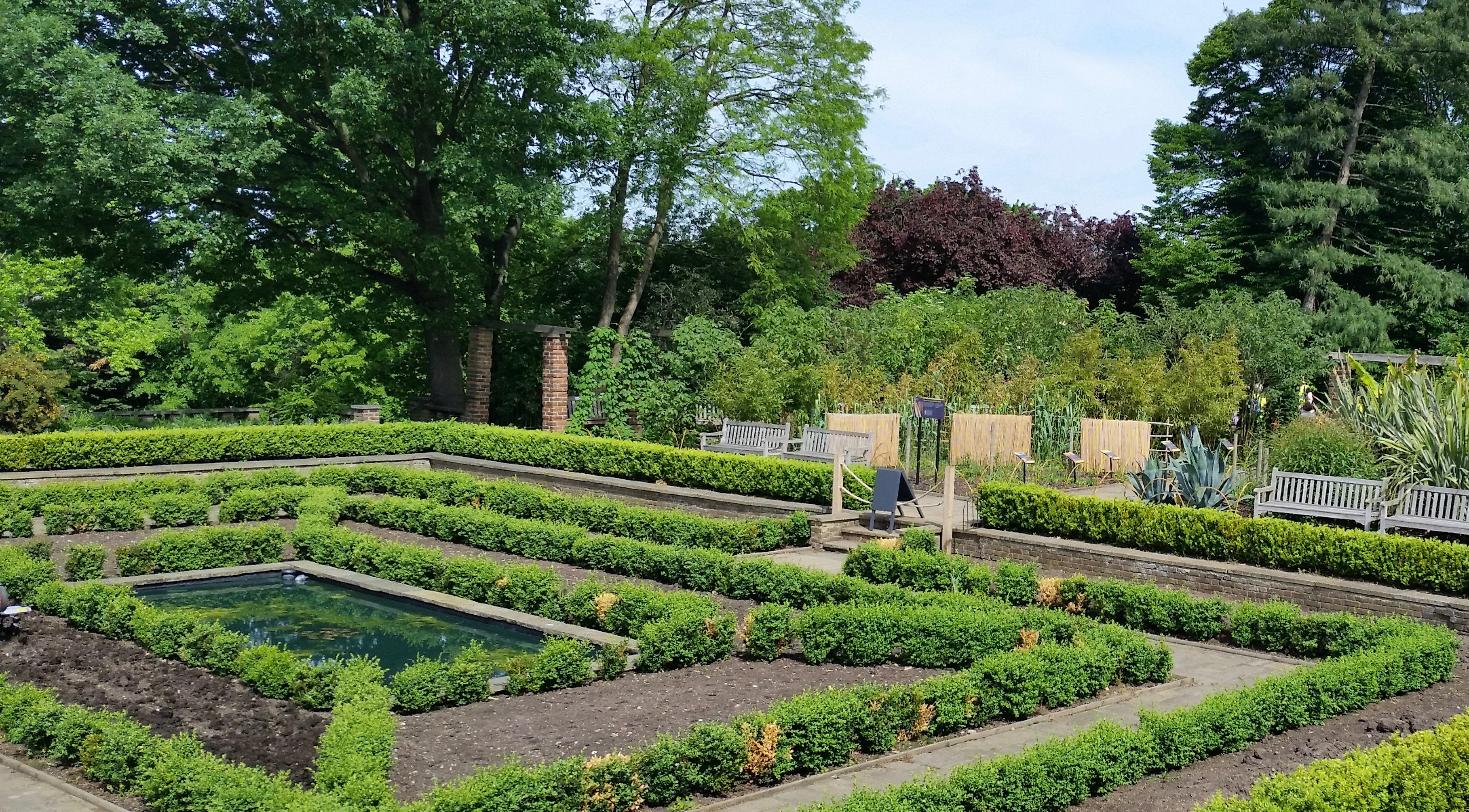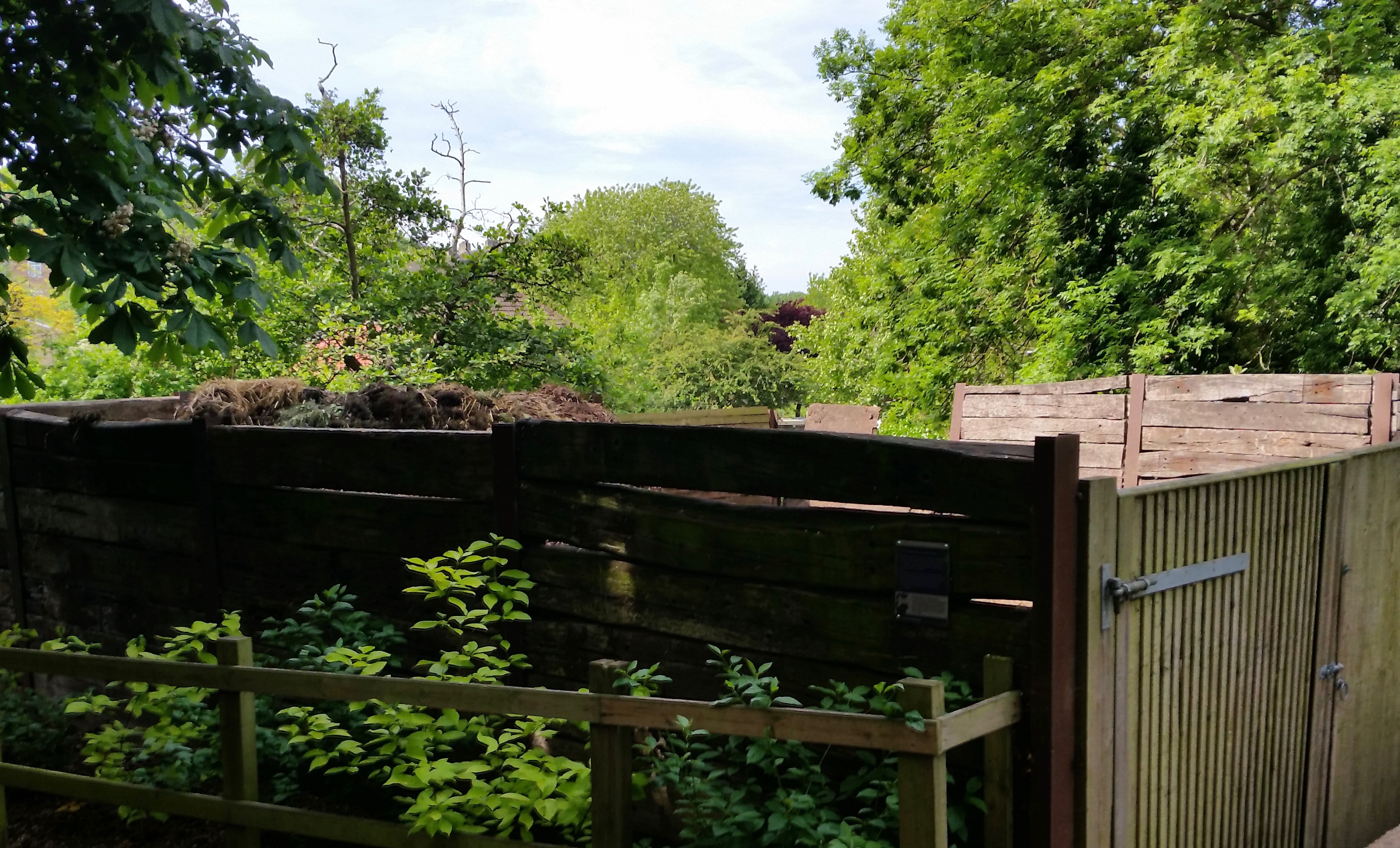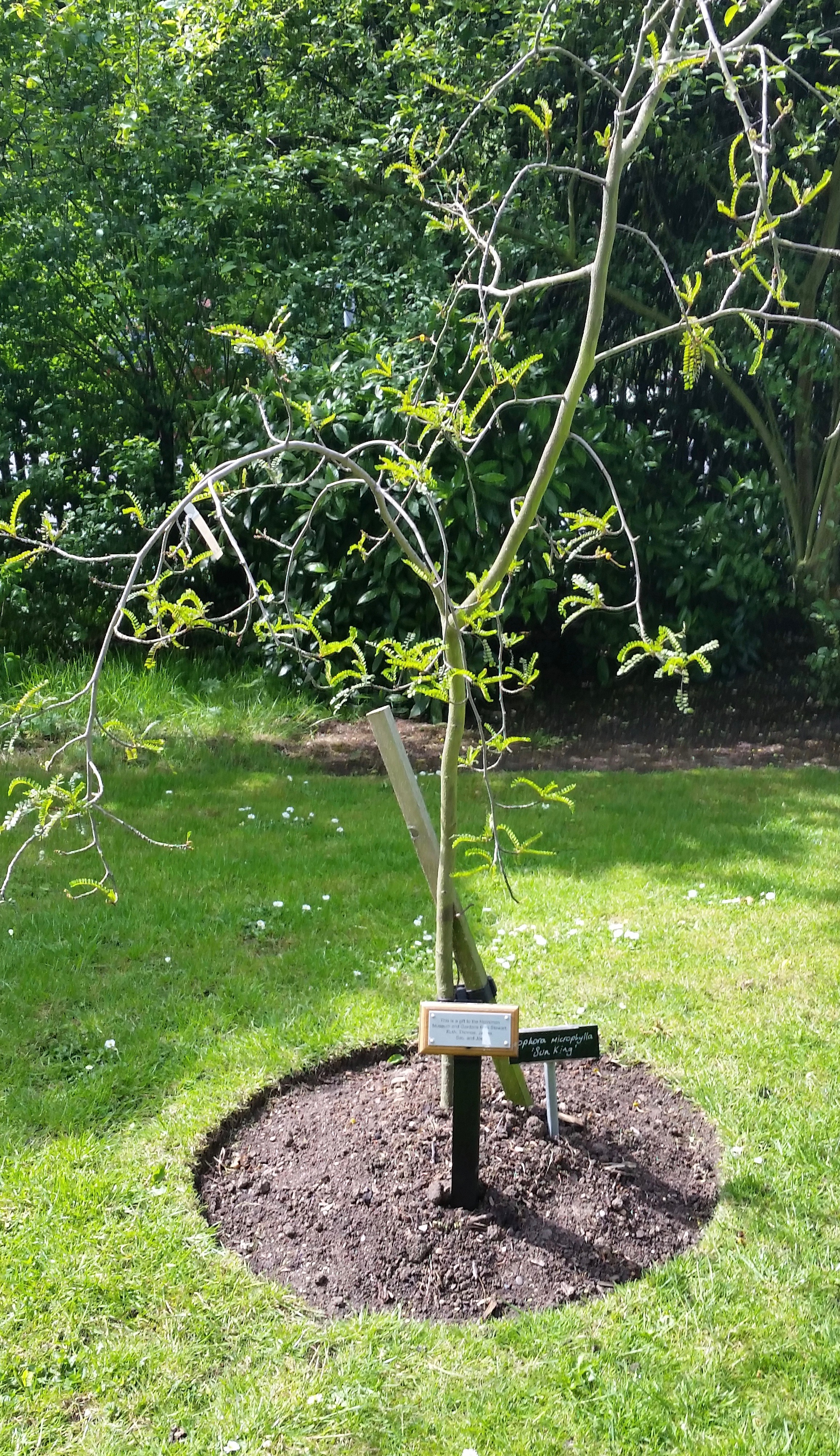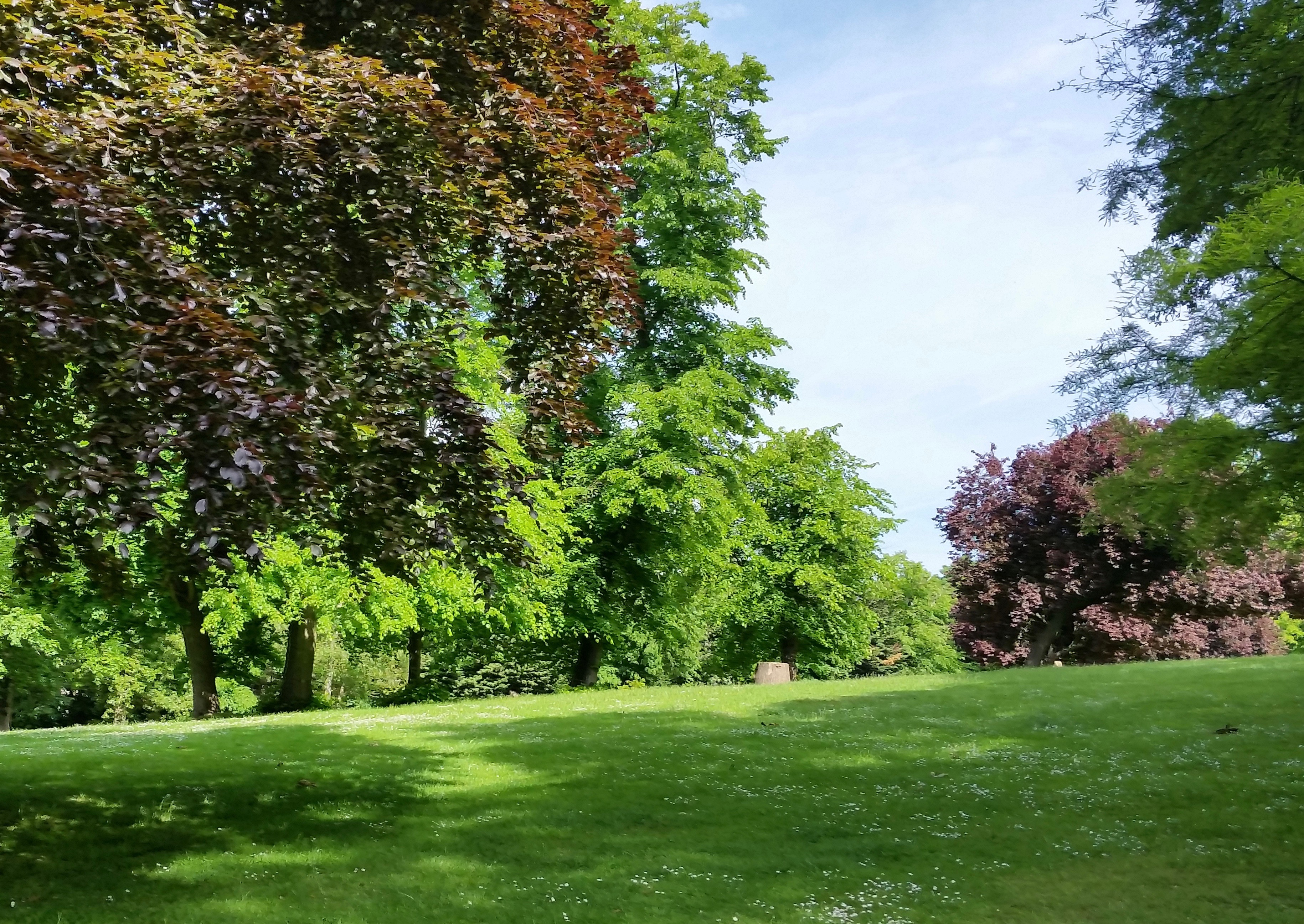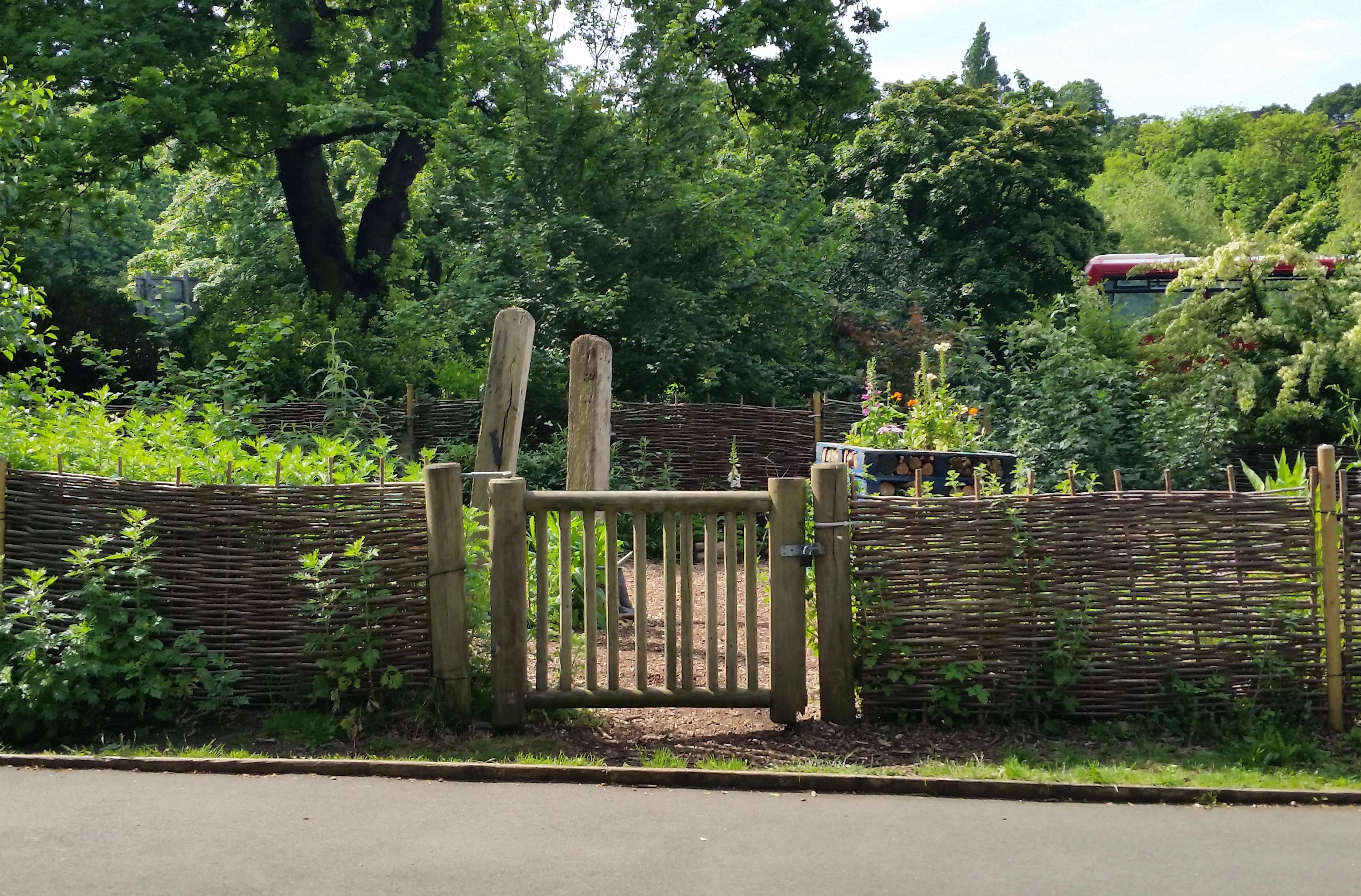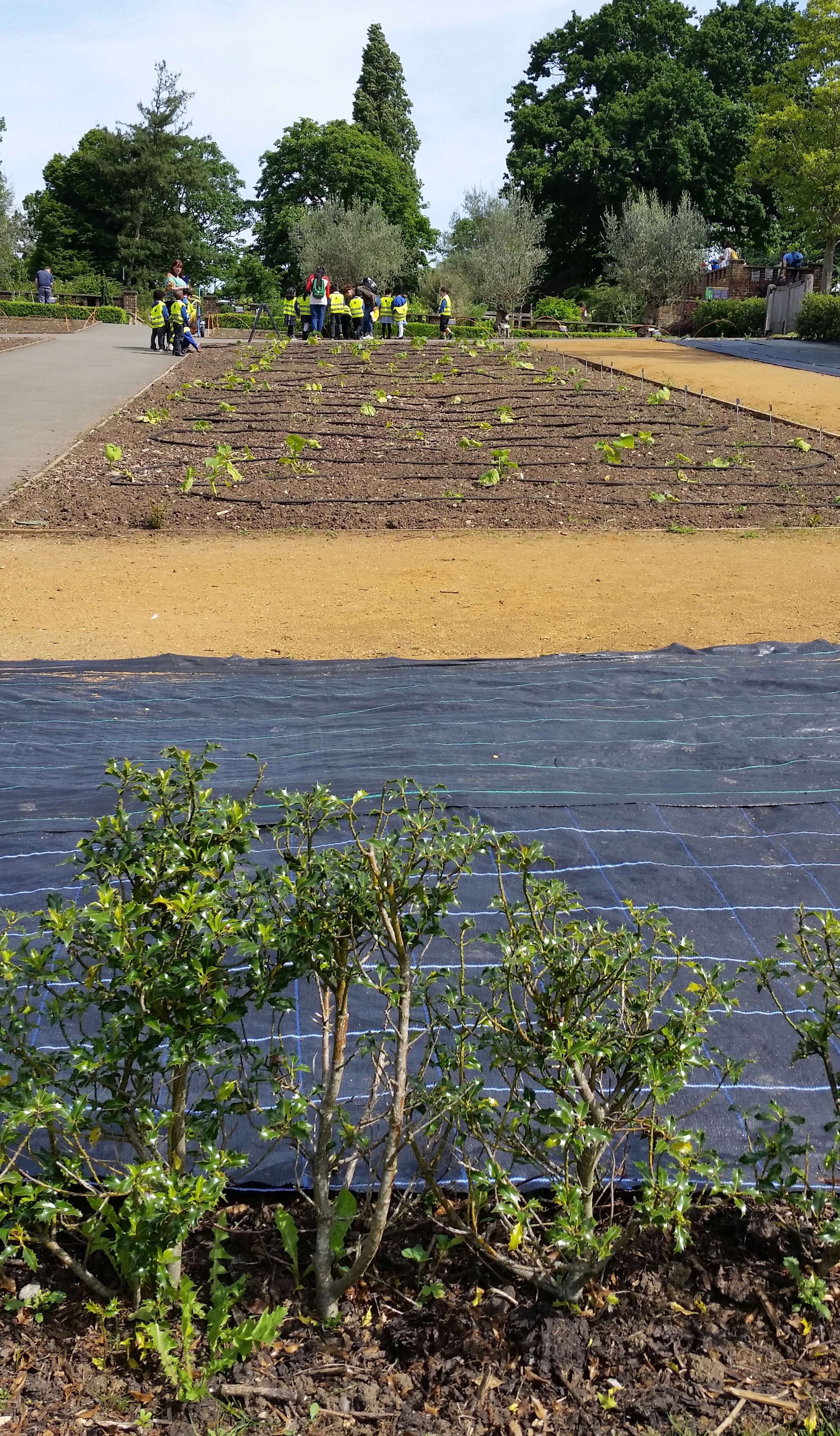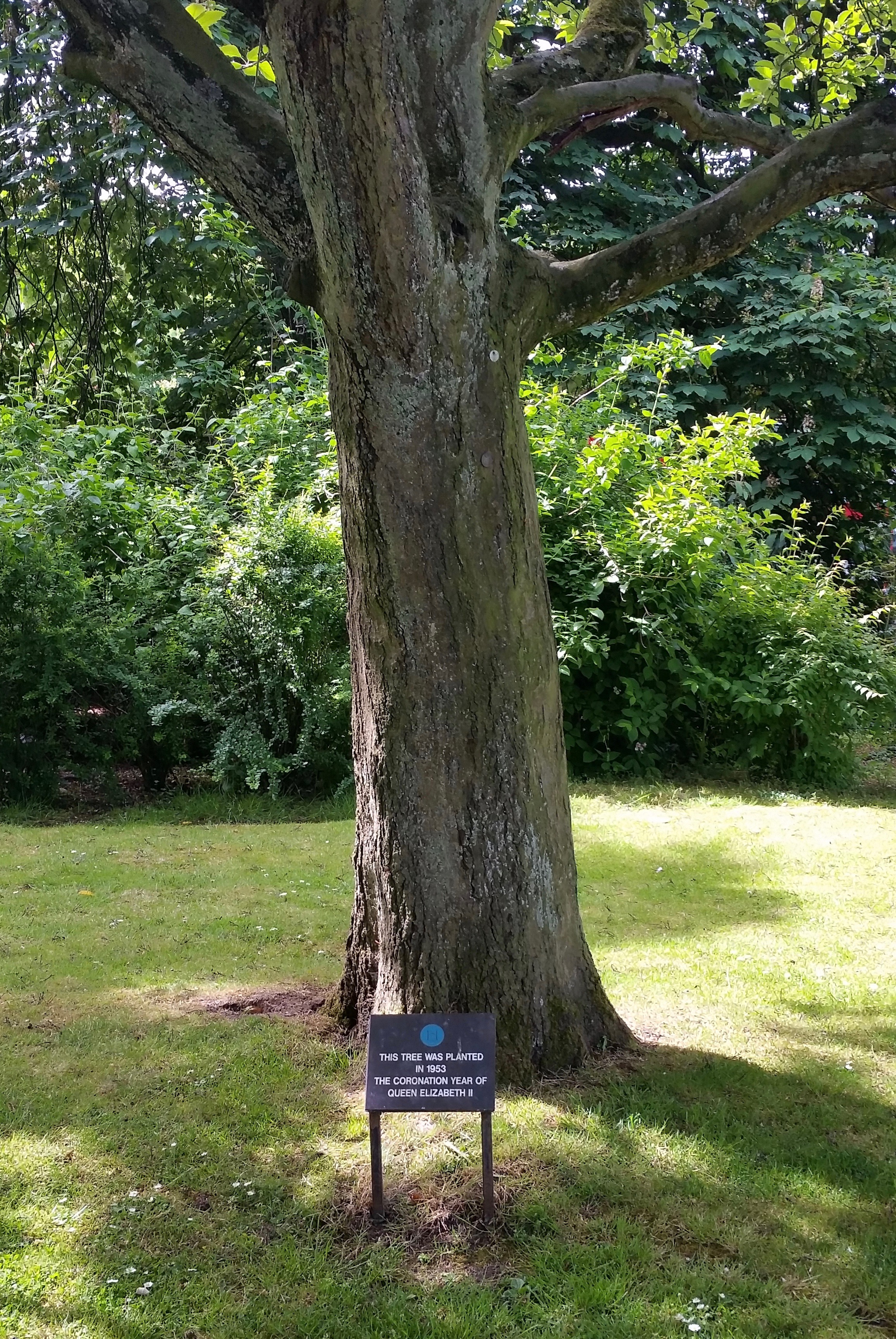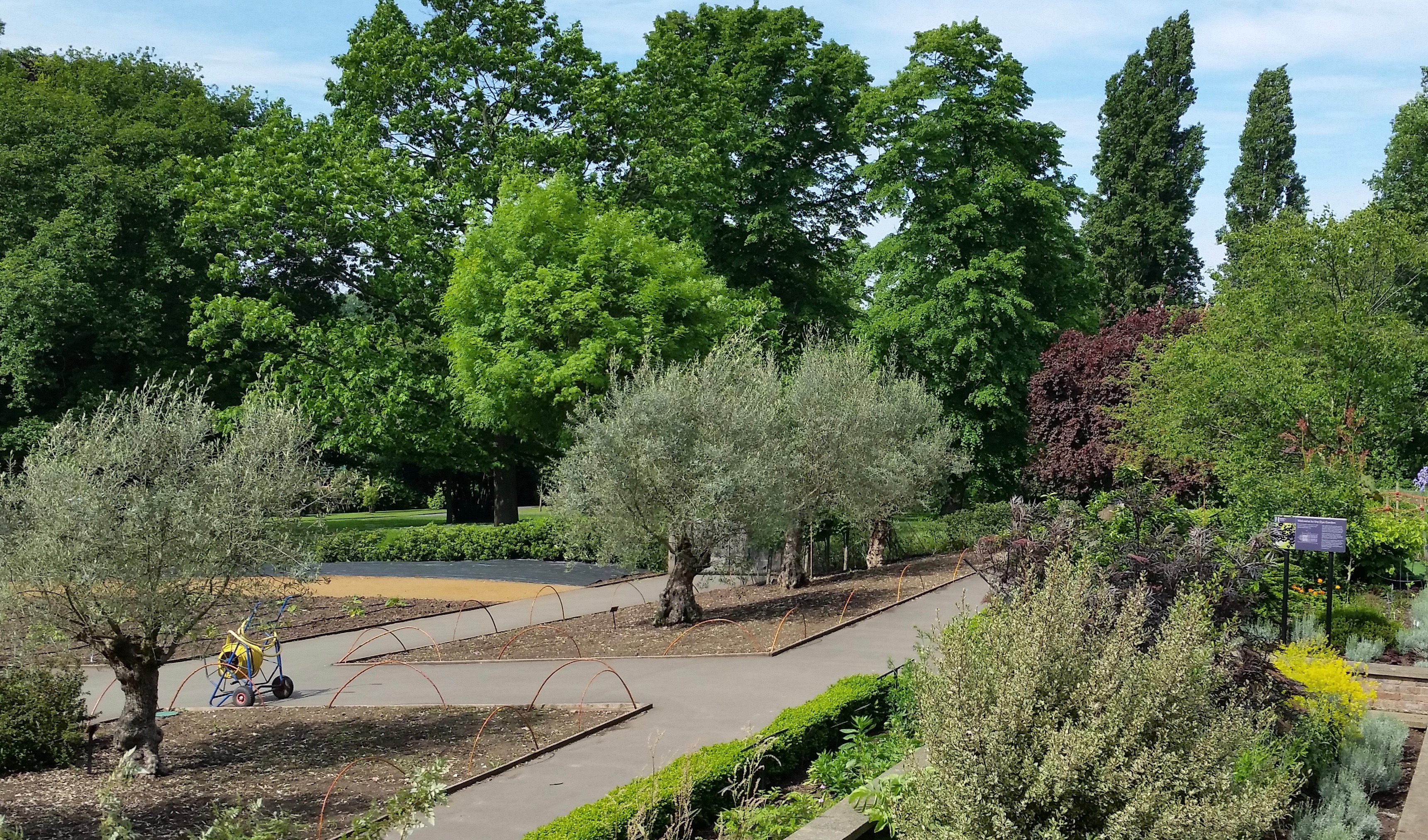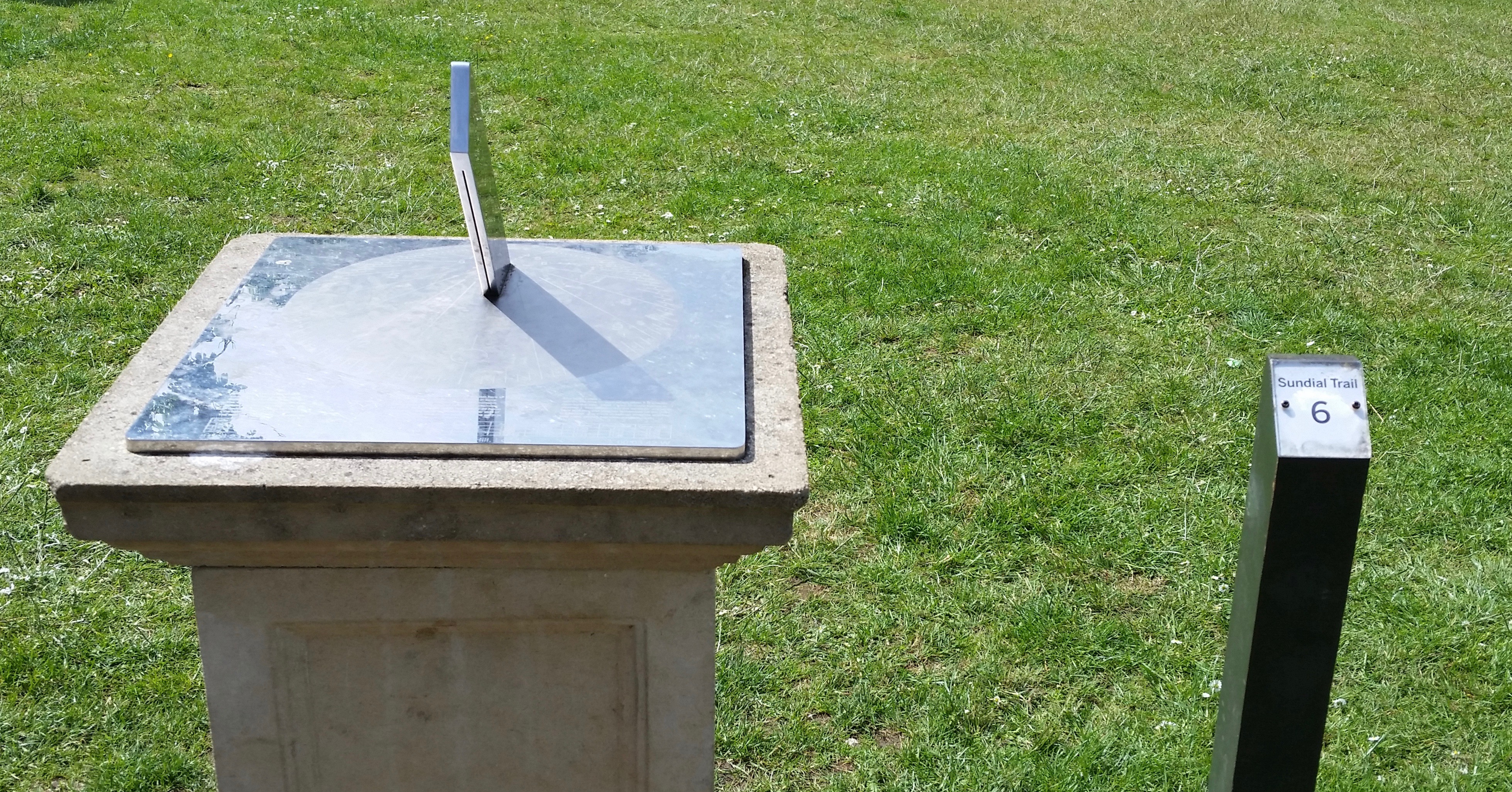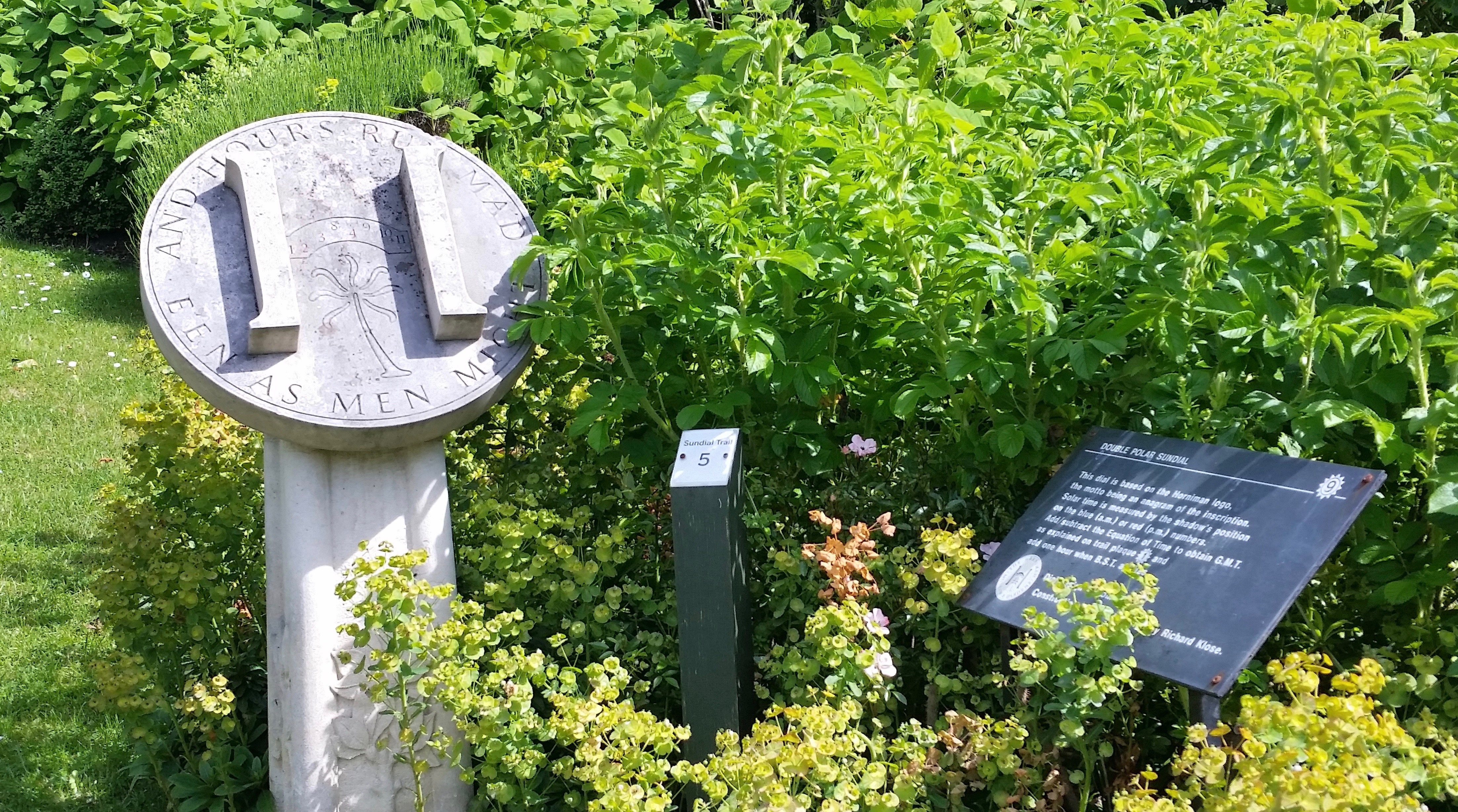Horniman Museum
From Londonhua WIKI
Horniman Museum and Gardens
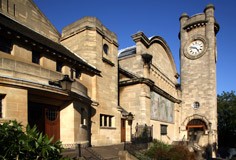 Horniman Museum and Garden | |
| Director | Janet Vitmayer |
|---|---|
| Opened | 1901 |
| Location |
Forest Hill London, SE23 United Kingdom |
Overview
The Horniman Museum and Garden was founded by John Horniman. He opened this museum to show off his collection of objects and bring the world to Forest Hill. This museum has an acclaimed aquarium, anthropology and natural history collection.
Contents
- 1 Horniman Museum and Gardens
- 2 Overview
- 3 Background
- 4 The Gardens
- 4.1 Sundials
- 4.1.1 Scaphe Sundial
- 4.1.2 Stained Glass Sundial
- 4.1.3 Butterfly Sundial
- 4.1.4 Tea-time Sundial
- 4.1.5 Double Polar Horniman Logo Sundial
- 4.1.6 Spot-on Sundial
- 4.1.7 Armillary Octahedron Sundial
- 4.1.8 Equatorial Sundial
- 4.1.9 Roman Sundial
- 4.1.10 Horniman Sundial
- 4.1.11 Analemmatic Sundial
- 4.1.12 CUE Building Ceiling Sundial
- 4.2 Display Gardens
- 4.3 Conservatory
- 4.4 Brandstand
- 4.5 Nature Trail
- 4.1 Sundials
- 5 References
- 6 External Links
- 7 Image Gallery
Background
John Horniman was a successful tea trader and philanthropist. He used the wealth to begin collecting objects, artifacts, and specimens that "illustrated natural history and the arts and hand crafts from people around the world" in 1860. He did this to "bring the world to Forest Hill"and educate his community. He went to places such as Egypt, Sri Lanka, Burma, China, Japan, Canada, and the United States. His interests became well known and soon people began approaching Horniman with specimens and curiosities. In the late 19th century, his collection had grown too large for his house. The Horniman family moved next door and turned their old house into a museum.
Natural History Exhibit
The Natural History exhibit at the Horniman Museum aims to show how human lives are linked to the nature of Earth. It also attempts to display the diverse wildlife of the world. The creators of the gallery hoped that through the exhibit people would become inspired by nature. The gallery has been open since the early 20th century and has remained almost unchanged since then. To learn more about the exhibit click here
Figure Clock
The Horniman Museum features an ornate clock above the Natural History exhibit. The clock depicts scenes of Jesus and his apostles. It was made in the 1800's and has been in the museum since it opened in 1901. It chimes every quarter hour and has moving biblical scenes including the passion and nativity. The clock was manufactured in Germany and plays German hymns.
Music Exhibit
The music exhibit at the Horniman Museum is incredible. It covers one fourth of the lower level of the museum. There are many different examples of music throughout the years and how instruments have evolved. To learn more about the exhibit, click here.
The Robot Zoo
The Gardens
Sundials
Hidden throughout the gardens and museum are a trail of several different sundials. This path was established with the help of the British Sundial Society, which is a society that was established in 1989 that currently has about 400 members. The sundials range from being located on the ceiling, to a brick wall, to even one that uses a person's shadow to tell the time. There are a total of 12 sundials to explore on the property.
Scaphe Sundial
Angela Hodgson designed this sundial as a juxtaposition of the smooth surface of the spherical inner bowl with the disorganized outer surface and stem. This is meant to symbolize the conflict between perfect human ideals and the death and decay time passing brings. The dial's plant-like stem was influenced by the Chinese Magnolia flower. The tip of the shadow created by the gnomon indicates solar time.
Stained Glass Sundial
Designed by Roselyn Loftin, the dial is a feature of the Conservatory. The design is meant to symbolize elements of the museum, each blue panel represents a collection and the green panels represent the gardens. The shadow from the sundial is situated so it can be seen inside the building, despite the actual structure being outside. Time is indicated by the gnomon's shadow on the glass inside the Conservatory. The layout shows morning hours on the right and evening hours on the left. There is a plaque underneath the dial explaining the "Equation of Time".
Butterfly Sundial
The butterfly sundial was originally designed for the Sunday Express Garden at the Chelsea Flower Show in 1987. It was meant to demonstrate a mixture of science and art. The sundial commemorates Noel Ta'Bois's 20th wedding anniversary. The Horniman received the sundial after his death in 1988. To read the dial, you use the edge of the shadow of the butterfly's wing to indicate Solar Time.
Tea-time Sundial
Double Polar Horniman Logo Sundial
Spot-on Sundial
Armillary Octahedron Sundial
Equatorial Sundial
Roman Sundial
Horniman Sundial
Analemmatic Sundial
CUE Building Ceiling Sundial
Display Gardens
All botanical displays have been carefully created by the museum's gardeners and curators to unite the indoor and outdoor collections. They reflect themes of the exhibits displayed in the museum and can be seen inside and outside of it.
Conservatory
This Victorian Conservatory was originally built at the Horniman family house at Coombe Cliffe, Croydon, in 1894. By 1982, it had fallen into disrepair. The structure was dismantled and moved to its current site where it was beautifully restored with the help of English Heritage. It re-opened in 1989 and is used for performances, workshops, and as a function room.
Brandstand
From the grandstand, visitors are able to enjoy a breathtaking vista of London. It was built in 1903 from a design by Charles Harrison Townsend and it is a focal point for a lot of the museum's outdoor summer events programme such as concerts or film screenings, while surrounding terrace provides a large picnic area with stunning views.
Nature Trail
The Horniman Nature Trail is the oldest in London. It is roughly half a mile long on the site of the original Crystal Palace and South London Junction Railway. The railway was closed in 1954 and the area was left unmanaged until 1972. This resulted in it becoming a wild woodland area. Today, the trail is managed carefully to encourage a wide variety of plants, birds, insects and other animals which depend on each other for survival. Pond and meadow habitats have been introduced to attract new species, and a log pile area is home to dozens of different mini beasts, including the endangered stag beetle. The trail is a sensitive area and much time goes into managing it for your enjoyment. The main entrance to the Nature Trail is located on the cycle path that runs parallel with the Museum and Gardens and can be accessed from London Road. [1]
References
- ↑ The Horniman Museum and Gardens. (n.d.). Gardens - Displays. Retrieved May 22, 2017, from http://www.horniman.ac.uk/visit/displays/gardens#image-4
- History of the Museum. (n.d.). Retrieved May 22, 2017, from http://horniman.ac.uk/about/museum-history
External Links
If appropriate, add an external links section
Image Gallery
If appropriate, add an image gallery
